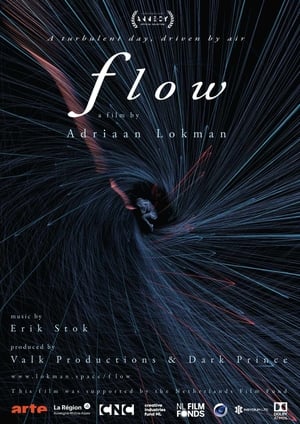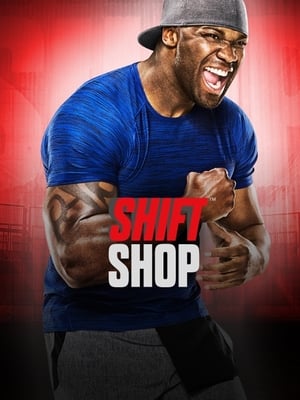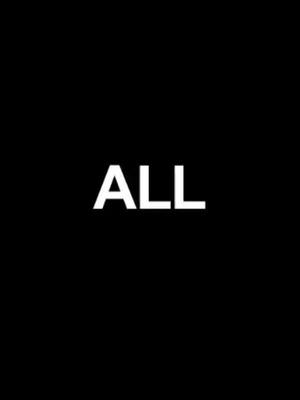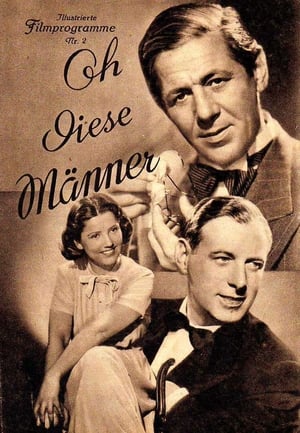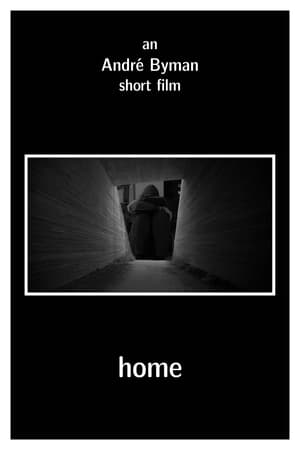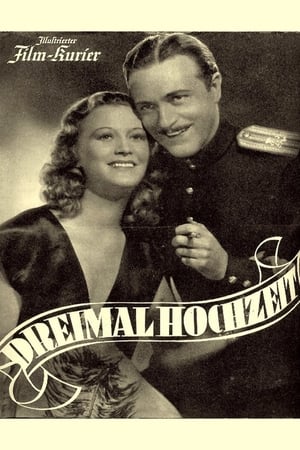
Walking(2024)
Tommy sets out to document walking. He meets a colorful cast of characters, attaches microphones to his feet, and contends with what it means to capture movement on film.
Movie: Walking
Top 1 Billed Cast
Self

Walking
HomePage
Overview
Tommy sets out to document walking. He meets a colorful cast of characters, attaches microphones to his feet, and contends with what it means to capture movement on film.
Release Date
2024-04-26
Average
10
Rating:
5.0 startsTagline
Genres
Languages:
EnglishKeywords
Recommendations Movies
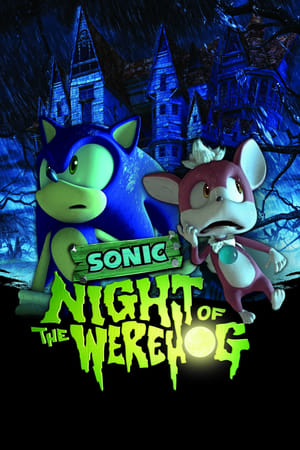 6.8
6.8Sonic: Night of the Werehog(ja)
One night of severe rain, Sonic and Chip come by an old mansion where they decide to take shelter. Whilst Sonic seems unfazed by the creepy surroundings, Chip is scared out of its wits. The mansion is inhabited by three scary - yet sweet - ghosts who like to play tricks on innocent visitors: A cute and girlish ghost who likes to collect photographs of her terrified guests. The remaining two boy ghosts compete for her attention by taking photographs of their scare victims. Their scariness is the key to popularity in the realm of ghosts. The boy ghosts are excited at the prospect of hunting their new and unusual guests, Sonic and Chip. Who will win the ultimate competition to her heart?
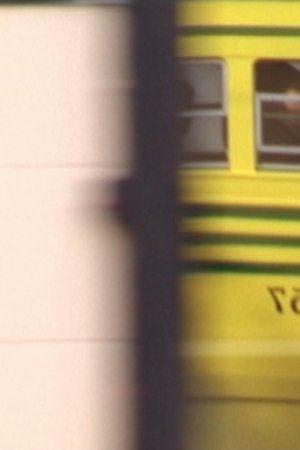 5.7
5.7way(en)
San Francisco filmmaker Konrad Steiner took 12 years to complete a montage cycle set to the late Leslie Scalapino’s most celebrated poem, way—a sprawling book-length odyssey of shardlike urban impressions, fraught with obliquely felt social and sexual tensions. Six stylistically distinctive films for each section of way, using sources ranging from Kodachrome footage of sun-kissed S.F. street scenes to internet clips of the Iraq war to a fragmented Fred Astaire dance number.
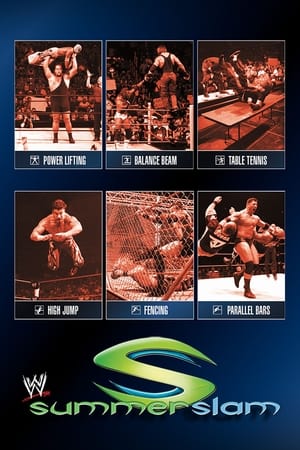 8.6
8.6WWE SummerSlam 2004(en)
SummerSlam (2004) was the seventeenth annual SummerSlam PPV. It was presented by Stacker 2's YJ Stinger and took place on August 15, 2004 at the Air Canada Centre in Toronto, Ontario and featured talent from the Raw and SmackDown! brands. The main match on the Raw brand was Chris Benoit versus Randy Orton for the World Heavyweight Championship. The predominant match on the SmackDown! brand was John "Bradshaw" Layfield (JBL) versus The Undertaker for the WWE Championship. The featured matches on the undercard included Kurt Angle versus Eddie Guerrero and Triple H versus Eugene.
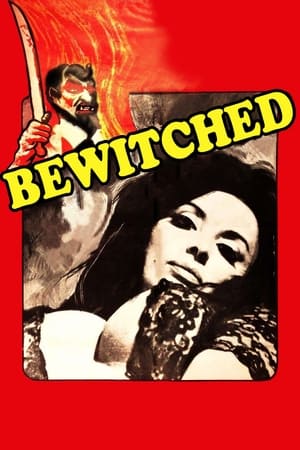 4.1
4.1Bewitched(es)
Ansise is a former Indian whose only dream is to become a mother. The idea of motherhood gradually turns into an obsession for her. Unfortunately, she has married an impotent man. But she tries to get pregnant anyway. She even tries to work as a prostitute and goes to a local witch. But the real problem is that an evil entity called Pombero has fallen with love with her, killing all the men crossing her way.
 8.0
8.0Ajker Shortcut(bn)
The story takes off when Bishu, a slum dweller, and Abesh, a wanna-be poet, feel shaken after witnessing suicide of a homeless person on a busy road of Kolkata.
 6.4
6.4Jailbreak(en)
A reporter gets himself sent to prison so he can solve a murder behind bars.
Make me the Next Model Too(en)
Make me the Next Model Too is a model competition
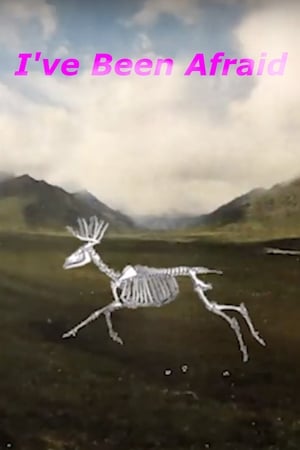 7.0
7.0I've Been Afraid(en)
"I've Been Afraid" blends stories of women who have been threatened.
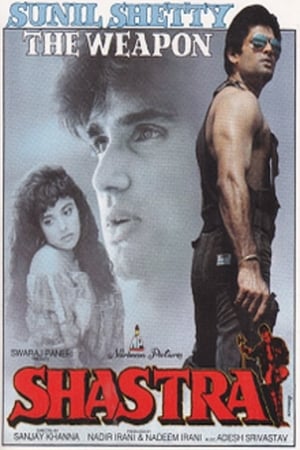 3.5
3.5Shastra(hi)
One of the employees of Vijay's parents, Babu, is sentence to a long jail term for killing them. In hot pursuit to avenge the death of his parents Vijay wait until Babu is release from jail and confronts him. It is this confrontation that will change Vijay's life as Babu confides to him that he was framed for the murder of his parents; this then lightens up a man-hunt for the real perpetrators of this crime.
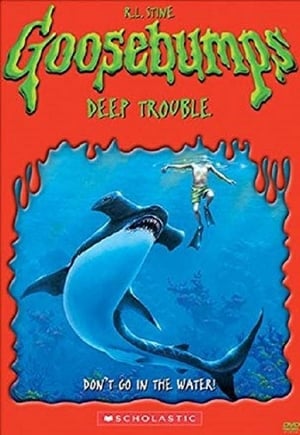 8.4
8.4Goosebumps: Deep Trouble(en)
Billy and Sheena visit their Uncle Harold on an island in the Caribbean, but while exploring under water they find something terrible lurking deep below the sea.
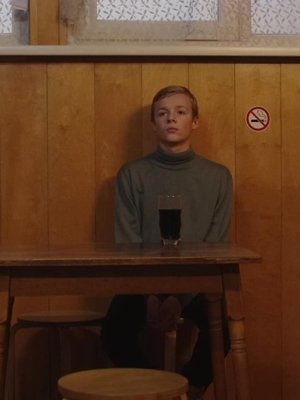 6.5
6.5MAN(lv)
A story about several hours, which significantly change the adolescent boy's life. In a small town in Latvia, there is an old Ferris wheel near a bar, in which the protagonist meets a female truck driver, and soon the wheel of fate of the adolescent boy is set in motion.
Similar Movies
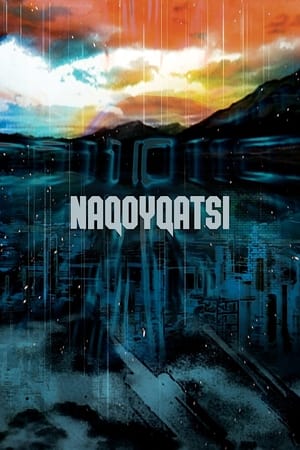 6.1
6.1Naqoyqatsi(en)
A visual montage portrait of our contemporary world dominated by globalized technology and violence.
 6.0
6.0Grid(pt)
A ritual of grids, reflections and chasms; a complete state of entropy; a space that devours itself; a vertigo that destroys the gravity of the Earth; a trap that captures us inside the voids of the screen of light: «That blank arena wherein converge at once the hundred spaces» (Hollis Frampton).
 8.0
8.0Es Para Un Videodiario(es)
Mike is a young student of cinema, who receive the task to make a Videodiary for his fiction production class in the fifth semester of his career; with only a cellphone in hand begins to document his life day after day, without imagining that he will capture important and emotional moments that will remember forever.
 7.9
7.9Koyaanisqatsi(en)
Takes us to locations all around the US and shows us the heavy toll that modern technology is having on humans and the earth. The visual tone poem contains neither dialogue nor a vocalized narration: its tone is set by the juxtaposition of images and the exceptional music by Philip Glass.
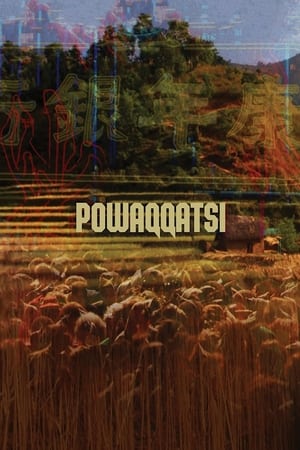 7.3
7.3Powaqqatsi(en)
An exploration of technologically developing nations and the effect the transition to Western-style modernization has had on them.
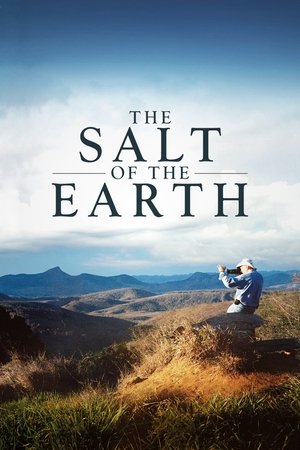 8.1
8.1The Salt of the Earth(fr)
During the last forty years, the photographer Sebastião Salgado has been travelling through the continents, in the footsteps of an ever-changing humanity. He has witnessed the major events of our recent history: international conflicts, starvations and exodus… He is now embarking on the discovery of pristine territories, of the wild fauna and flora, of grandiose landscapes: a huge photographic project which is a tribute to the planet's beauty. Salgado's life and work are revealed to us by his son, Juliano, who went with him during his last journeys, and by Wim Wenders, a photographer himself.
Kintaro Walks Japan(en)
Kintaro Walks Japan is a documentary film produced and directed by Tyler MacNiven. It is an account of MacNiven's journey walking and backpacking the entire length of Japan from Kyūshū to Hokkaidō, more than 2000 miles in 145 days.
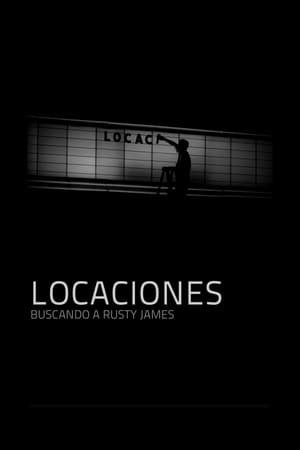 3.0
3.0Locations: Looking for Rusty James(es)
A personal meditation on Rumble Fish, the legendary film directed by Francis Ford Coppola in 1983; the city of Tulsa, Oklahoma, USA, where it was shot; and its impact on the life of several people from Chile, Argentina and Uruguay related to film industry.
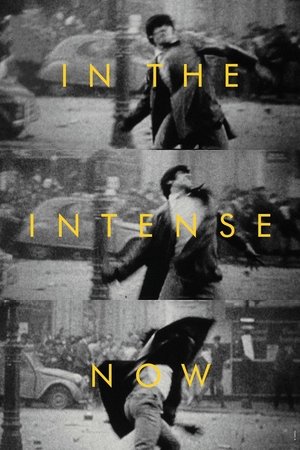 7.8
7.8In the Intense Now(pt)
A personal essay which analyses and compares images of the political upheavals of the 1960s. From the military coup in Brazil to China's Cultural Revolution, from the student uprisings in Paris to the end of the Prague Spring.
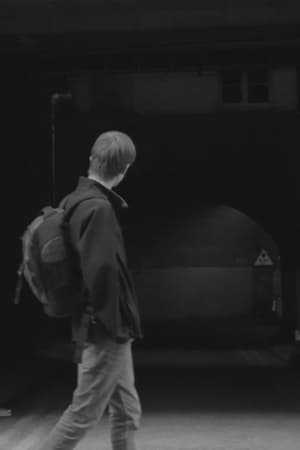 9.5
9.5hello, WORLD!(en)
A man ventures out into the streets of a pandemic-ridden London.
 8.2
8.2Baraka(en)
A paralysingly beautiful documentary with a global vision—an odyssey through landscape and time—that attempts to capture the essence of life.
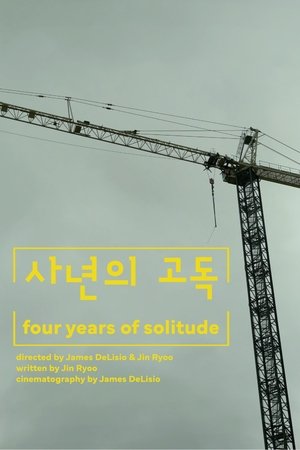 0.0
0.0Four Years of Solitude(en)
A written testimony by co-director Jin Ryoo on his experience preparing for Korean compulsory military service is juxtaposed with images of an empty UCSD campus, the desolate construction sites sprawling off of it, and the Mt. Soledad Veterans Memorial.
 7.4
7.4Sans Soleil(fr)
A woman narrates the thoughts of a world traveler, meditations on time and memory expressed in words and images from places as far-flung as Japan, Guinea-Bissau, Iceland, and San Francisco.
What Is to Be Done? A Journey from Prague to Ceský Krumlov, or How I Formed a New Government(cs)
Quite a few years have passed since November 1989. Czechoslovakia has been divided up and, in the Czech Republic, Václav Klaus’s right-wing government is in power. Karel Vachek follows on from his film New Hyperion, thus continuing his series of comprehensive film documentaries in which he maps out Czech society and its real and imagined elites in his own unique way.
 4.9
4.9Visions of Europe(en)
Twenty-five films from twenty-five European countries by twenty-five European directors.
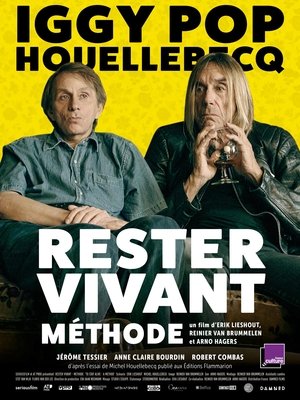 5.4
5.4To Stay Alive: A Method(en)
Iggy Pop reads and recites Michel Houellebecq’s manifesto. The documentary features real people from Houellebecq’s life with the text based on their life stories.
 5.2
5.2Todo Todo Teros(en)
Basically an artist is also a terrorist, the protagonist thinks in an unguarded moment. And if he is a terrorist after all, then he might just as well be one. Not an instant product, but an experimental feature in which diary material is brought together to form an intriguing puzzle.
 0.0
0.0Taon Noong Ako'y Anak sa Labas(tl)
Filmmaker John Torres describes his childhood and discusses his father's infidelities.
